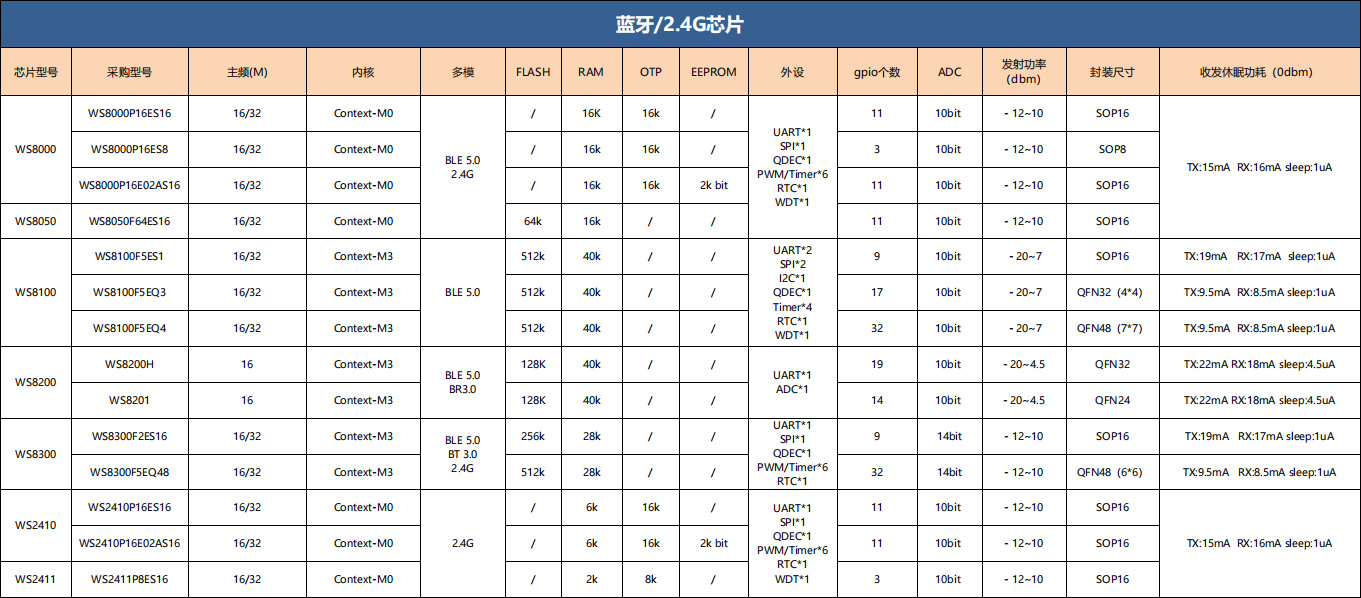Counting the already used pins (GND, VDD, LED, buzzer, button, xtal x2, antenna) that leaves you with exactly zero pins left for an uart or similar, so if there is any flashing possible here it will have to be pin-shared with either the buzzer, button and/or LED. Does the tag still boot when you hold the button while applying power?


I've just received 3 tags.
Store: https://de.aliexpress.com/item/1005002599386785.html (Bought on 2. Nov 2023) Seller: FuXin Trading Co., Ltd. Product (US name): "Anti-Lost Mini GPS Tracker Locator Finder For Kid Key Pet Dog Cat Bicycle Car Low-Power And Environment-Friendly Practical" ("White" and "Black")
I had hoped these to be Lenze ST17H66. However, unfortunately, they are more similar to #13.
I speculate these are WS8000, judging by the board label (which happened to be WS8030 in the other one). In fact, the WS8030 is also available in SOP8. The pinout roughly seems to match, but I didn't probe it yet.
Factsheet: https://www.taoic.com/company/7287/WS8000==45b88e7c-2bd3-11ec-9475-00163e1552d4-28_detail.html This also lists JLINK TMS / TCK, so it might not be JTAG, but some specific variant of JTAG (that I'm not familiar with). The datasheet also mentions Keil and JLINK in particular.
Testpoints:
Unfortunately there's no TXD / RXD, so I'm not sure if I'll just throw these away.
Appears to be a 16.000 MHz Clock and some SOP8 controller (as mentioned above, likely WS8000).
The included booklet tells you to use the "Kindelf" app: https://play.google.com/store/apps/details?id=com.lenzetech.kindelf Note how this is in fact by Lenze.
Photos:
Any ideas for custom firmwares or flashing / flash readback?
What kind of CPU is this? Note that I found an unrelated wisesun datasheet which mentions some common CPU archs:
https://datasheet.lcsc.com/lcsc/2304101800_wisesun-WS51F0030Q20T_C5118070.pdf Page 6 mentions a bit about their naming scheme (although might not be applicable). It lists 8051 (not 32-bit), PIC16 (not 32-bit, but PIC32 exists), ARM Cortex-M and even RISC-V, so these are strong contenders?
https://datasheet.lcsc.com/lcsc/2305111419_wisesun-WS51F7030S08U_C5118066.pdf Page 6 again. It lists "RISC" (not any more specific) and 8051
There's also a datasheet downloadable as PDF for the WS8300 https://datasheet.lcsc.com/lcsc/2206281830_wisesun-WS8300F5ES16_C2980817.pdf which mentions many of the same details as the WS8000 factsheet images above (despite being a different package etc).
Also ping-ing @drott